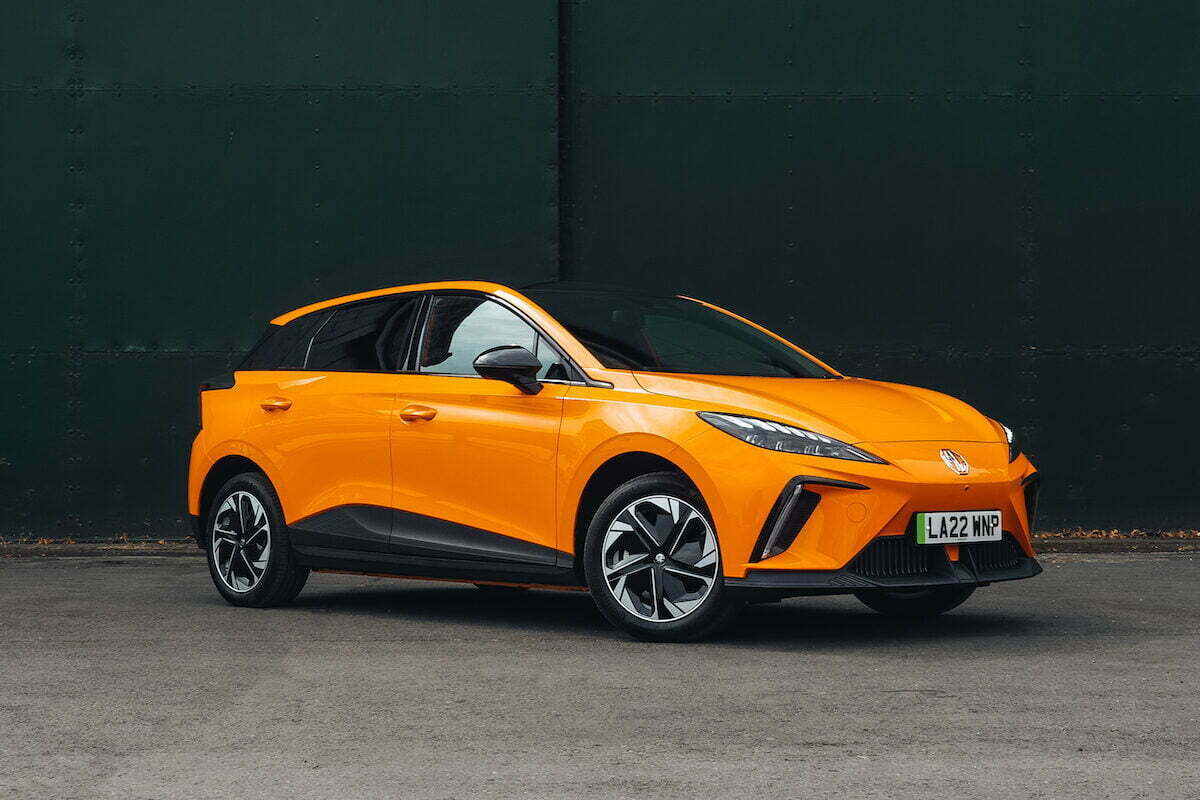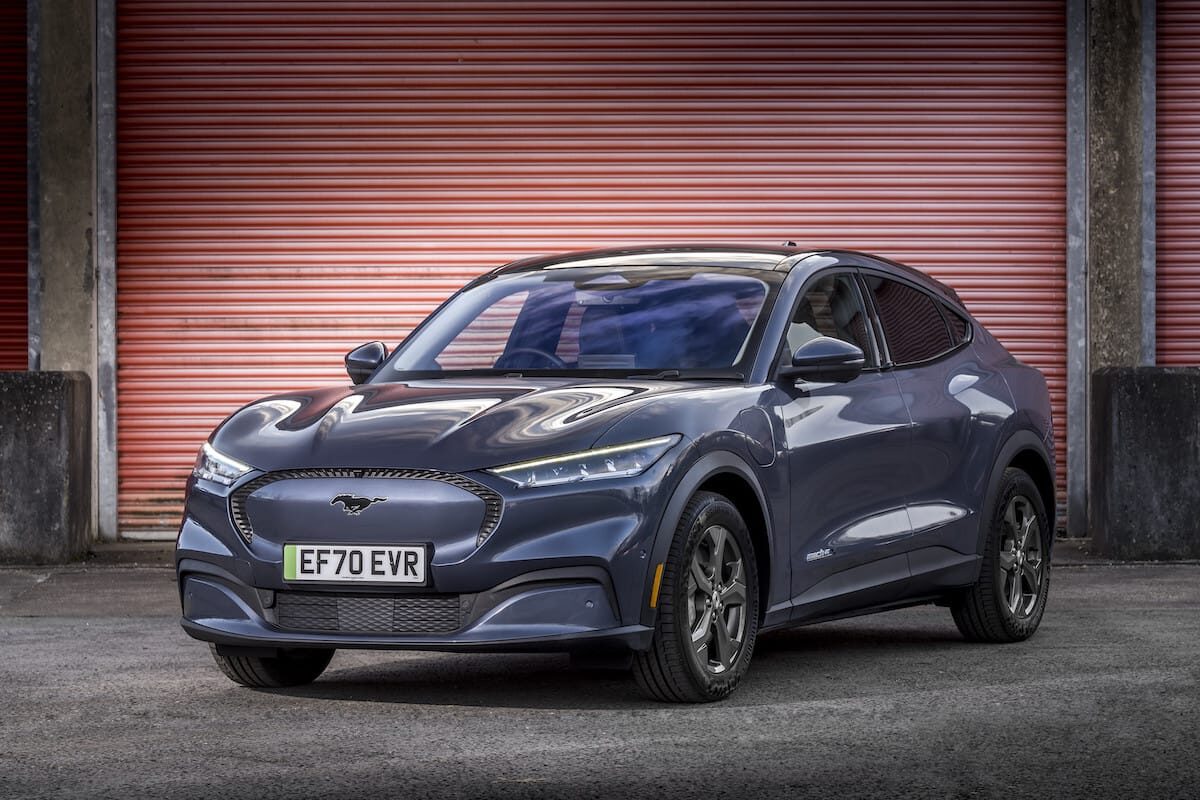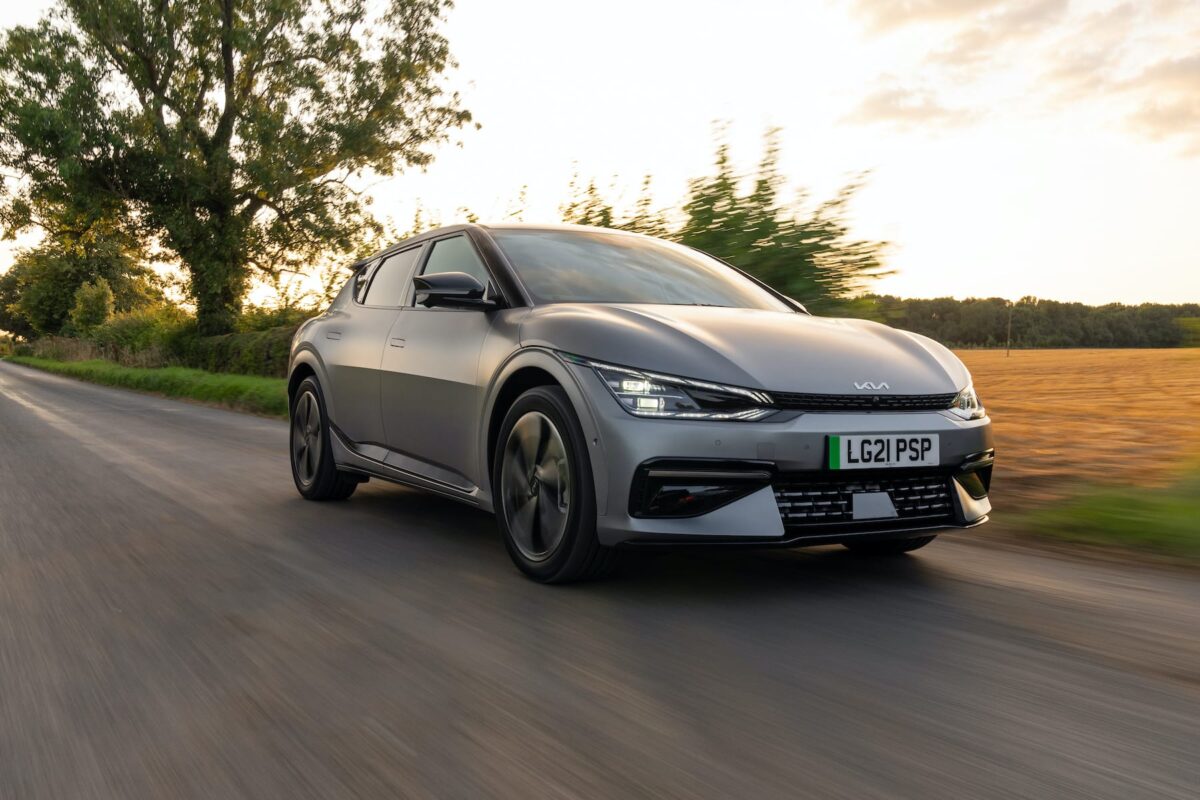The popularity of electric vehicles is growing rapidly each year as we head towards the end of new petrol and diesel cars from 2030. Back in 2017, about 4,000 new EVs were sold in the UK – this year, that number could reach 500,000 cars.
But there are still many motorists who dismiss any thought of owning an EV, discouraged particularly by what has been dubbed ‘range anxiety’ – the fear that your car will run out of battery charge and you’ll be left stranded, many miles from the nearest charging point.
Certain sections of the tabloid media still trot out this view, with stories concerning EVs that routinely claim buyers are put off buying such vehicles by their limited range. And it’s certainly true that plenty of people still hold this perception.
But the reality is very different. Electric vehicles, their batteries and the charging infrastructure have all changed massively. Even in the last five years, things have evolved significantly and battery range continues to improve at a rapid rate. Which means that owners don’t need to charge their cars as often.
Range anxiety used to be a genuine problem
Around 15 years ago, EV pioneers had real range limitations. The first Nissan Leaf offered a battery range of about 100 miles, while the original Smart Fortwo Electric Drive struggled to see even 50 miles on a charge in real-world driving. It was from here that phrase ‘range anxiety’ evolved as a prime reason not to buy an electric car.
The first big step for EV driving range arrived in 2014 with Amercian brand Tesla and its large Model S saloon. With a claimed battery range of more than 300 miles, it was a massive leap forward.
Well, maybe not quite as massive as it sounded. It was quickly reported that the big Tesla didn’t get anywhere near its claimed battery range in real-world driving. What Car? reported that the Model S 57D model claimed 304 miles of range, but only achieved 204 miles in testing.
Other new arrivals saw similar discrepancies between their official range figures and the real-world numbers. Hyundai and Kia launched the Kona Electric and e-Niro models, respectively, which achieved ranges closer to their lab numbers but still short. The Jaguar I-Pace was similar, too, and all of this was feeding more negative headlines about EVs.
Part of the problem was that the old EU official lab figures were hopelessly inaccurate, and in no way indicative of real-world driving. This was partially addressed with a new testing regime starting in 2017. Called WLTP (don’t ask), it saw more meaningful figures for all new cars – not just EVs but regular petrol or diesel cars as well as hybrids.
As an example, the Nissan Leaf recorded an official battery range of 235 miles on the old testing cycle. This dropped to 168 miles in the new WLTP format, reflecting the more stringent tests.
Unfortunately, some tabloid media outlets used this revision to the testing methodology as another stick with which to beat electric cars, by highlighting how the driving range figures had generally reduced by 20-30%. Strangely, they didn’t bother pointing out that fuel consumption and driving range for petrol and diesel cars were similarly worse under the new system…
The WLTP system isn’t perfect, and the lab figures are usually still in excess of what you will manage in normal driving. But nowhere near to the level we had previously. The other point that is often conveniently overlooked is that petrol, diesel and hybrid cars massively overestimated their fuel economy as well, but without the strident headlines.
Each new model shows improvements to driving range
The first Nissan Leaf claimed battery range of 100 miles back in 2011, although there were several improvements to the battery during its production life that eked our extra mileage. When the second-generation Leaf launched in 2017, the claimed range was 235 miles. Both of these were on the old EU testing figures, but it still shows the significant improvement in only six years.
That 235-mile figure was revised to 168 miles under the new testing system. Now, six years later, the Leaf has been well and truly leapfrogged by many new cars that offer significantly longer driving ranges (although a longer-range model is now available that can do 239 miles). For example, the similarly sized MG 4 electric hatchback was launched last year, with a claimed driving range of up to 281 miles – another 115 miles of improvement over the Leaf in just five years.


Similarly, Kia launched its first electric model in 2015. The supermini-sized Soul EV claimed a battery range of 132 miles on the old cycle. The second-generation Soul EV arrived in 2019 boasting a range of 170 miles on the new WLTP testing regime, with a 280-mile long-range version also available.
Several EVs will go even further than many petrol cars – travelling some remarkable distances before you need to plug into a charger. Top-level models from the likes of Mercedes-Benz and Tesla offer official range figures in excess of 400 miles and, while they come with prices to match, a host of less expensive EVs are also turning in ranges of more than 300 miles.
The most efficient version of the Ford Mustang Mach-E has an official range of 379 miles, as does the new Hyundai Ioniq 6 saloon. Meanwhile, the Volkswagen ID.3 and Cupra Born can offer 340 miles, and the Kia EV6 (The Car Expert’s 2022 Car of the Year) records 328 miles.



Battery ranges now exceed most household needs
Range anxiety is a phrase that has stuck despite the fact that most new EVs offer ranges comparable to traditional petrol cars. (Diesel cars still tend to be better, but almost no-one buys new diesel cars anymore). Recent studies have shown that in the real world, range anxiety is a concern very few EV owners have.
On today’s market you won’t find many mainstream EVs with official battery ranges of less than 250 miles. And that becomes very relevant when you consider that the average UK household only clocks up around 100-140 miles a week in their car (in other words, 20 miles a day). Which means that very many motorists would only need to charge a typical EV about once a week to have a car that rarely drops below half charge.
Many EV sales come with deals on home chargers included, so if you routinely plug in the car overnight at home, you’ll seldom have to even think about range in normal day-to-day driving.
Even if you don’t have the luxury of a home charger, relying on public chargers is far less daunting if it doesn’t have to be a daily chore. Despite well-documented issues with the UK’s public charging network, the number of chargers is steadily growing, with more than 20,000 public charging points across the UK.
Plug-in hybrid or full EV?
Another issue that colours judgments about EVs is the confusion between a purely electric car and its part-time electric cousin, the plug-in hybrid. These combine an electric motor and battery with a traditional engine, so you can be driving a petrol (or diesel) car, an electric car or both at the same time. But they have significant limitations.
The battery in a plug-in hybrid is much smaller than one in a fully electric car and, as a result, its driving range is usually only about 20 to 50 miles. The rest of the time, you’re driving a petrol car that has to lug around a few hundred kilos of dead battery and electric motor, which is obviously not very economical.
As a result, a plug-in hybrid has to be charged pretty much every day – or every time you drive anywhere – if you want to get the most out of the electric powertrain. This means that plug-in hybrid drivers are constantly looking out for charging points, which tends to reinforce the perception of range anxiety for all electric vehicles.
Downsides still need to be overcome
So it’s clear that EV driving is actually a viable option for the majority of UK households – at least in terms of being able to get them from A to B on a daily basis. But just because an EV might be a workable option, doesn’t mean that it’s going to be the best chohice. And there are two big hurdles that still need to be cleared for that to happen.
Costs
For most potential customers, the high price of new EVs is still a barrier. The cost of a new EV is substantially more than an equivalent petrol car, even though the gap has narrowed substantially over the last few years.
As an example, the Vauxhall Corsa Electric has a starting price of about £32K as of March 2023. A similarly-equipped petrol version, with similar performance, costs about £24K. But you can also get an entry-level Corsa for as little as £18K, albeit with less performance and fewer luxuries. The same story is repeated across the new car market.
There are ways of helping to close this gap further, such as financing an electric car by salary sacrifice for those buyers who are eligible, instead of using traditional car finance products like a PCP or lease.
The cost of electricity has also increased significantly in recent years, which has changed the equation for customers. Many people have been prepared to swallow a higher price for an electric car in return for lower running costs, as long as they ended up in roughly the same place overall each month.
The last year has been dominated by rapidly increasing energy costs, which has undoubtedly put a lot of people off switching from a petrol car to an electric one. It remains to be seen how electricity prices shift again over the next year, but it’s a concern that’s not going away in a hurry.
Charging
After costs, the other big concern is charging infrastructure and what will happen when millions more electric cars are added to our roads. As critics regularly point out, millions of households across the UK don’t have the luxury of their own charging point at home, meaning they have to rely on public charging infrastructure.
As of March 2023, there are more than 20,000 public charging points in the UK (by comparison, there are about 8,000 petrol stations), so the infrastructure is already better than most people realise. However, it still needs significant improvement.
Obviously, any car plugged into a charging point needs to stay connected for significantly longer than a car at a petrol station – maybe half an hour for a quick top-up or a few hours for a fuller charge at a slower charging point. Therefore, we will ultimately need millions of charging points to provide a seamless charging experience across the whole country once EVs become the default option for most households.
Technology is helping with charging concerns, both in terms of availability and costs. Smartphone apps and satnav systems can direct drivers to available chargers when out on the road, and can also manage charging at home so that the car is only charging overnight when electricity prices are at their lowest.
Conclusion
There are obviously issues to overcome if you are considering buying an electric car, such as the cost of the car in the first place. But in the new car market, at least, range anxiety should not be one of those concerns.
Choose the right EV for you and you’ll no more worry about running out of power than you did in your previous petrol or diesel car during normal day-to-day driving. There is certainly a change of mindset required for longer journeys, but the reality has tended to be far less problematic than the enduring perceptions.
Tabloid newspapers love to jump on any scare stories about EV ownership, but almost every ownership survey conducted over the years has shown that the vast majority of owners are happy to have made the switch, and very few ever switch back to a petrol or hybrid car.
For those who are not yet convinced, the good news is that EV technology continues to develop rapidly, so the numbers will continue to shift in favour of electricity over fossil fuels as we get closer to the end-of-decade cut-off for new petrol or diesel cars.
Additional reporting by Stuart Masson.
You may also like:
